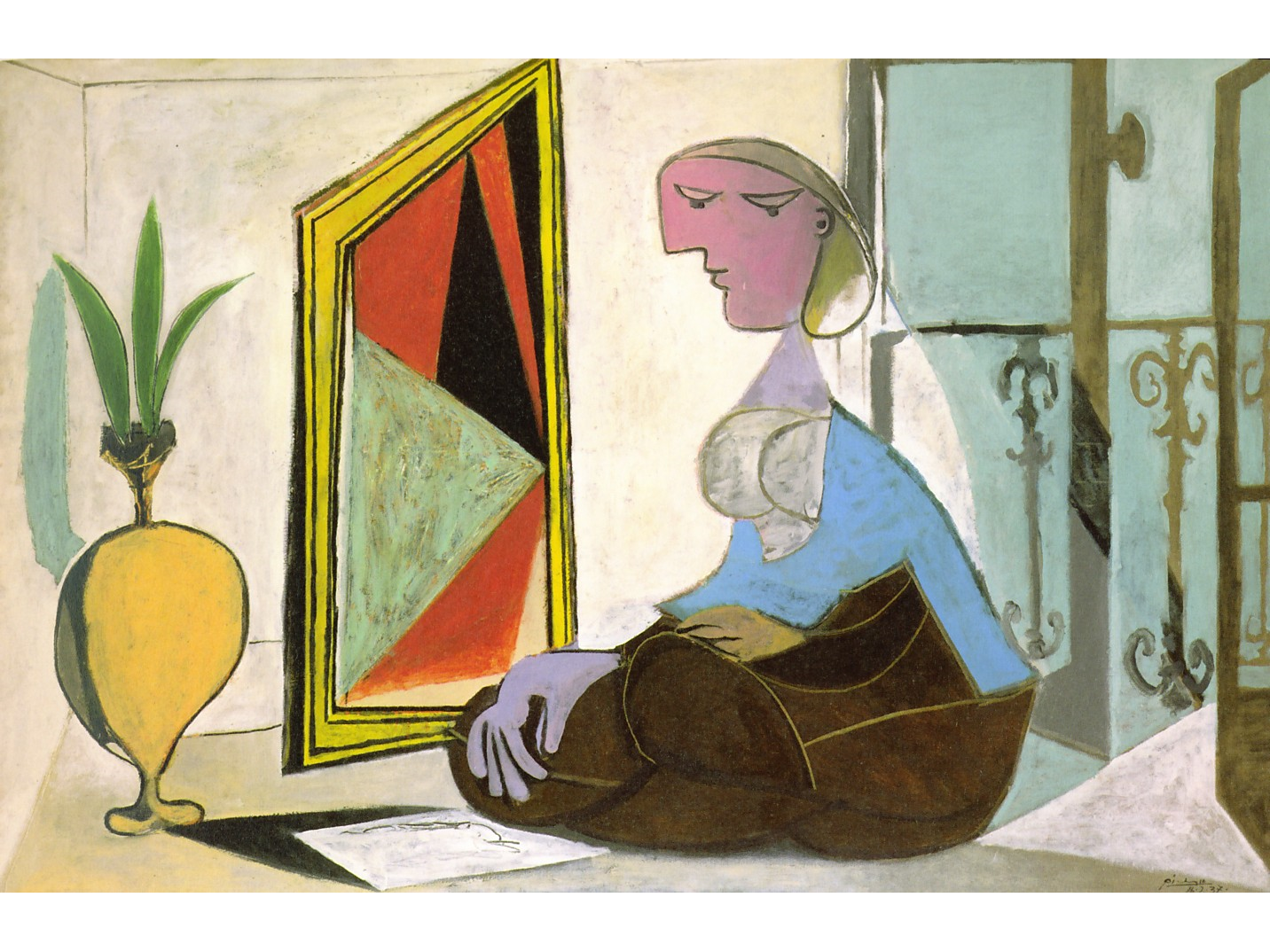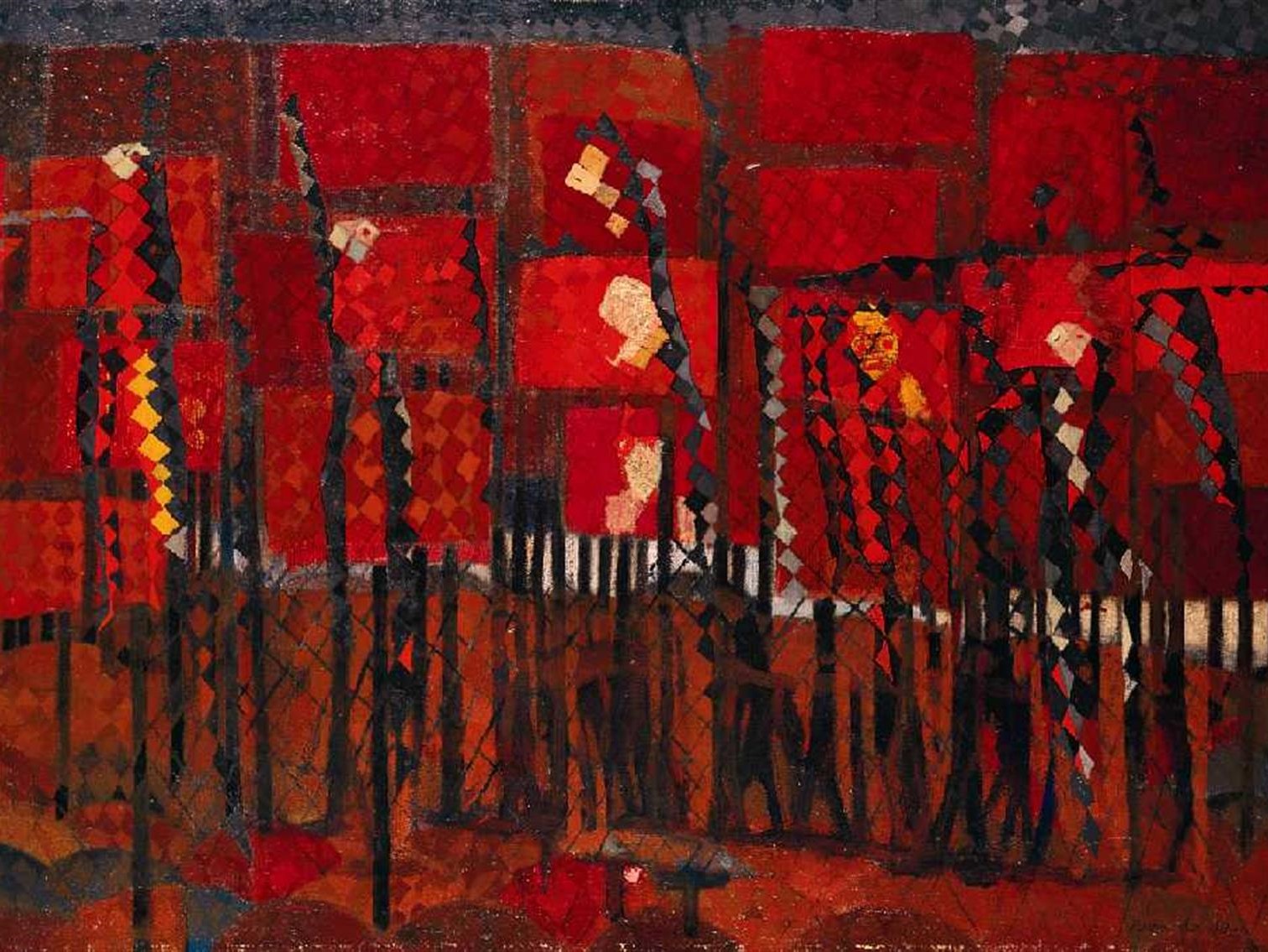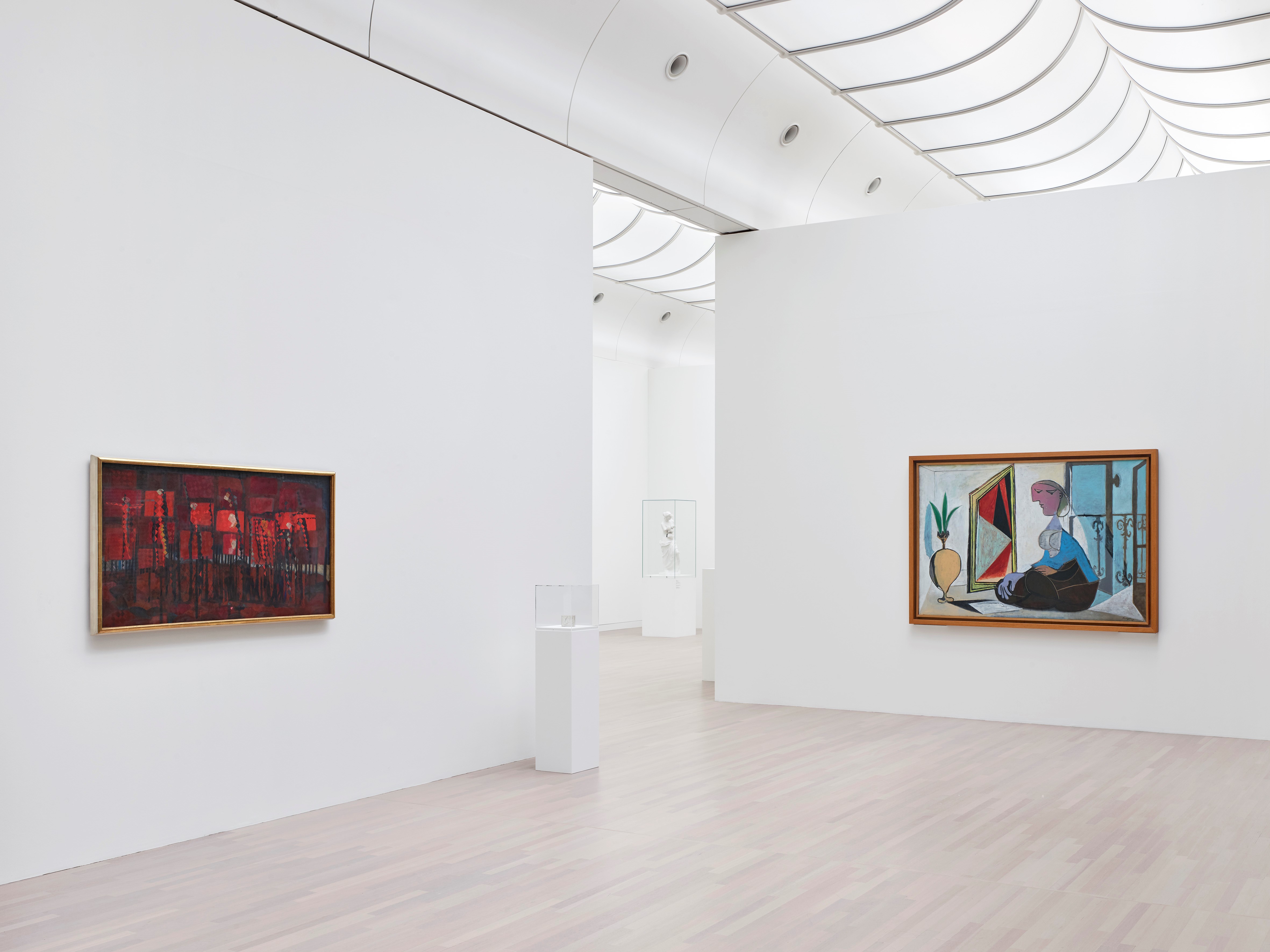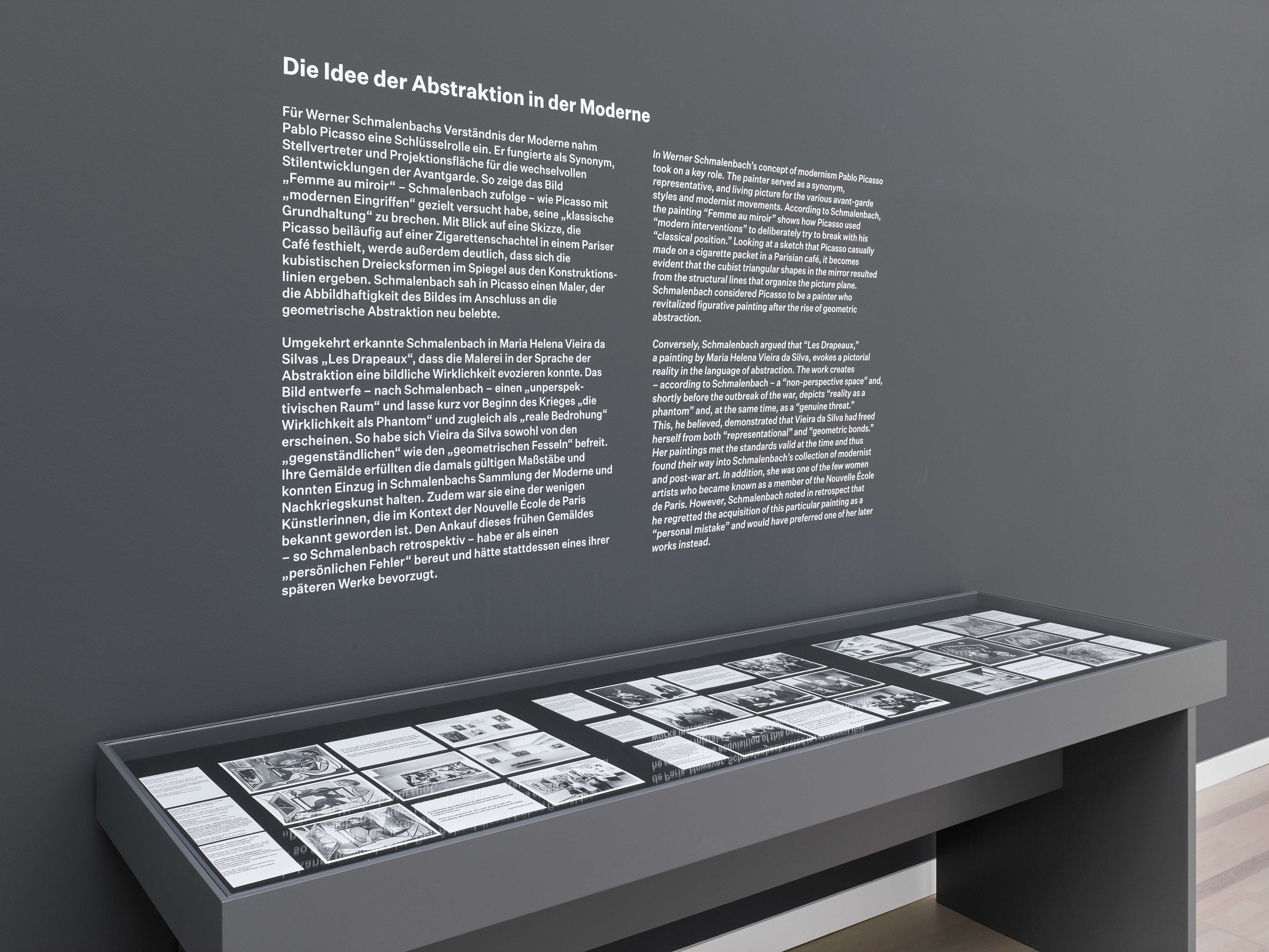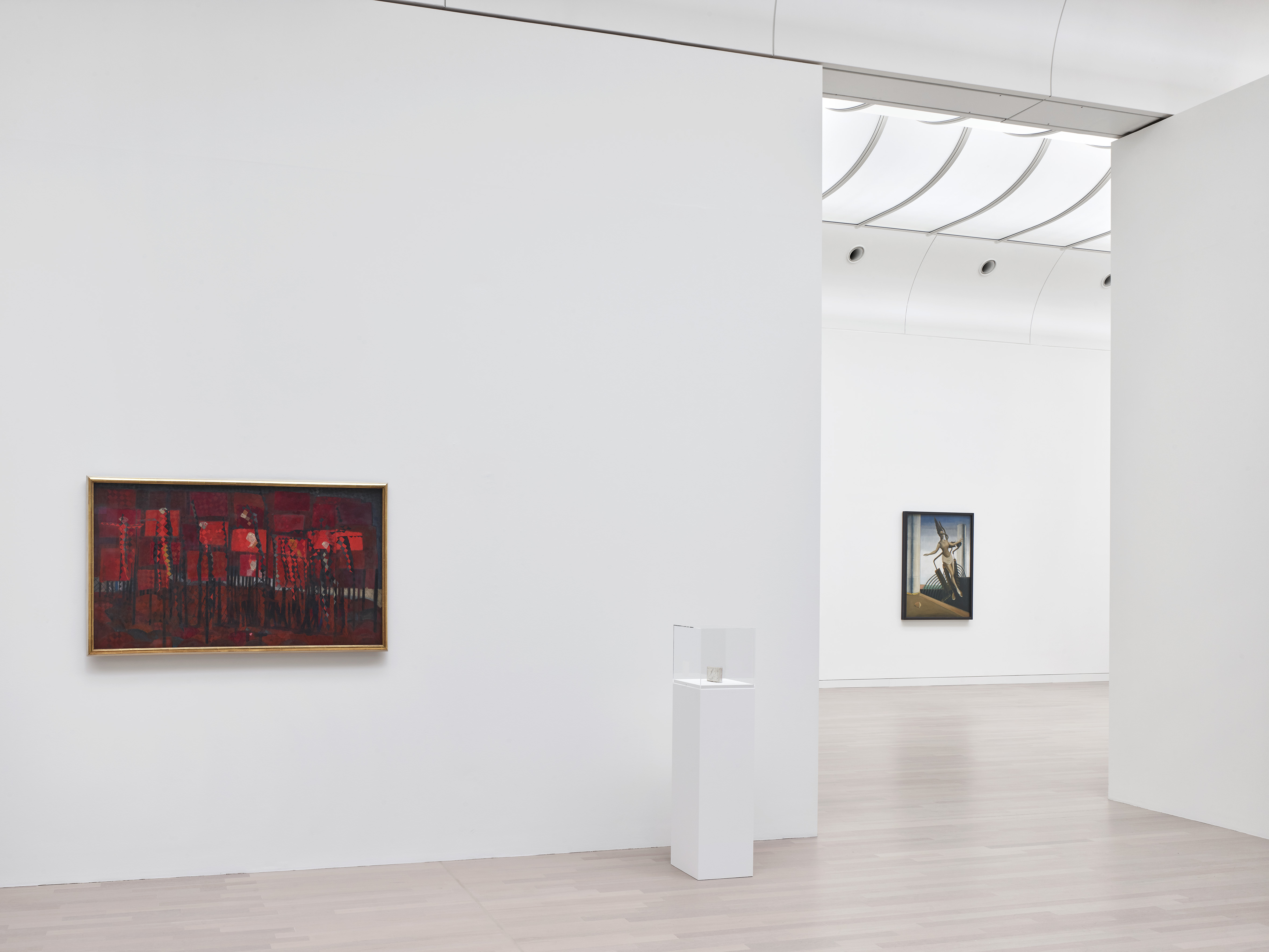“What does a collection represent?” Devoted to key issues of our time, a newly designed gallery at K20 presents central works from the state museum’s collection. Each chapter is dedicated to individual modern paintings and, at the same time, explores the origins of the collection in greater detail. Kicking off the long-term series is a dialogue between Pablo Picasso’s “Woman at the Mirror” (1937) and Maria Helena Vieira da Silva’s “The flags” (1939). Their juxtaposing presentation reveals the standards by which the museum’s founding director Werner Schmalenbach has built up the collection in the early 1960s.
Werner Schmalenbach’s Legacy
The Founding of the Kunstsammlung Nordrhein-Westfalen
July 6, 2021 – end of 2021
The Kunstsammlung Nordrhein-Westfalen was founded in 1961. Founding director Werner Schmalenbach (1920–2010) adhered to Western art history in compiling a unique and excellent collection for the new state museum. During his 28-year term, he assembled a number of exceptional paintings that rank internationally among the key works of European and American art. At the same time, Schmalenbach refined the postwar canon through his precise acquisitions. His collecting went hand in hand with a classical museum strategy reflecting a linear development of modern art history under the notion of abstraction.
In Werner Schmalenbach’s concept of modernism, Pablo Picasso (1881–1973) took on a key role. The painter served as a synonym, representative, and living picture for the various avant-garde styles and modernist movements. Conversely, Schmalenbach argued that the paintings by Maria Helena Vieira da Silva (1908–1992) evoke a pictorial reality in the language of abstraction. Her paintings met the standards valid at the time and thus found their way into Schmalenbach’s collection of modernist and post-war art. In addition, she was one of the few women artists who became known as a member of the Nouvelle École de Paris and, thus, was included in major exhibitions such as documenta I (1955) in Kassel.
As part of “Rethinking and Re-envisioning the Collection” the following chapters will be on view:
In the Course of Time
Dealing with Colonial Thought and Tradition
Starting in spring of 2022
Filling in the Gaps
The Pioneering Women Painters of Modernism
Starting in summer of 2022
Installation views
